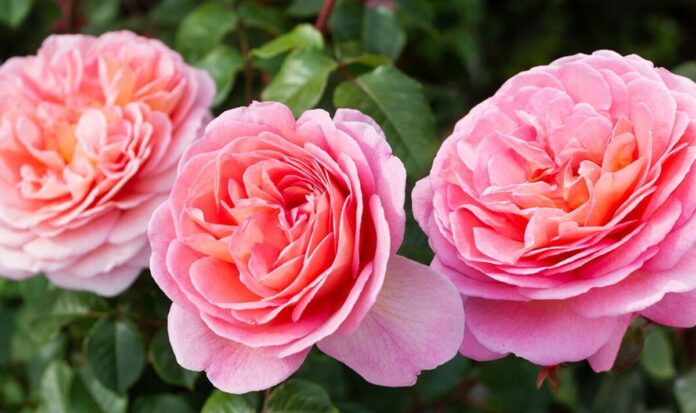Autumn care is essential for keeping rose shrubs healthy throughout the year (Image: Getty) Giving garden roses adequate care in autumn will ensure they endure the cold of winter and produce an abundance of flowers next Spring. For certain varieties of roses , pruning is deemed essential during autumn months, as it ensures plants grow abundantly and flower well each year. The pruning months for roses tend to be between January and February, but some flower rose profiles require more specific timing, namely climbing roses. Experts at the Royal Horticultural Society (RHS) warn: ‘If left, climbing roses can become a tangled mess of branches with very few flowers.’ Although many gardeners are daunted by the task of pruning, it is easy to do when rules are observed. Clearing up fallen debris prevent diseases like black spot (Image: Getty) The first step is to remove dead and diseased branches, before tying in any new shoots that need support. Any flowering side shoots should then be pruned by roughly two-thirds of their length. Pruning is suitable for climbing roses in October after the flowers have started to fade and wilt. According to experts at Thompson and Morgan add: ‘Prune rambling and climbing roses once they’ve finished flowering, and tie in the stems before autumn winds cause damage.” Another essential task, according to these experts, is to remove any residual leaves from the base of the plant to offset the development of diseases. ‘Clear up fallen rose leaves to prevent diseases such as black spots from over-wintering,” they explain on their site. Black spot, a disease caused by the fungus Diplocarpon rosae, is the most damaging disease known to affect roses. Over time, the disease will significantly reduce the vigour of the plant, with the leaves showing signs of infection first. Experts at the RHS explain: ‘Expect to see leaf markings from spring, which will persist as long as the leaves remain on the plant.’ Gardeners are advised to look for any remaining foliage on the shrubs that are showing signs of diseases and snip these off before binning them.
Two mistakes with roses that leave gardeners with ‘very few flowers’
Sourceexpress.co.uk
RELATED ARTICLES


